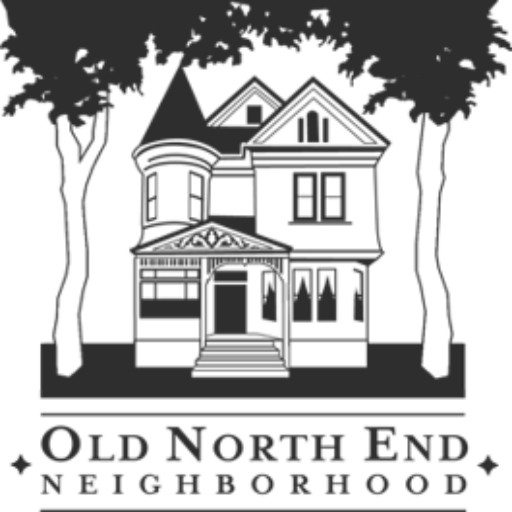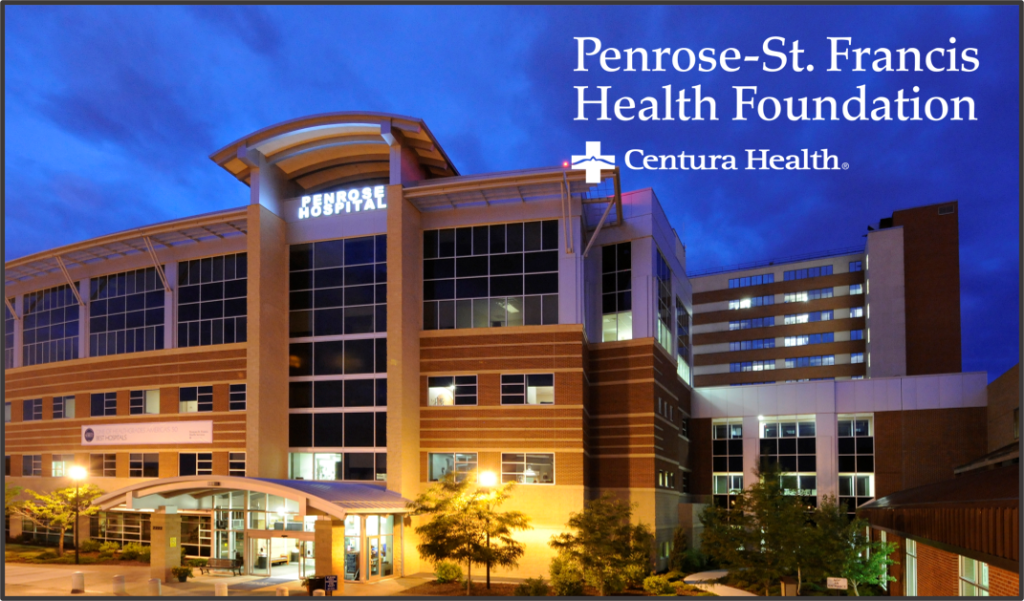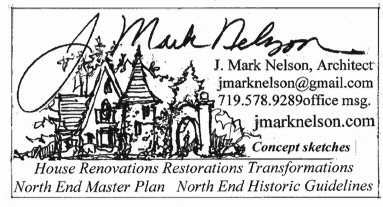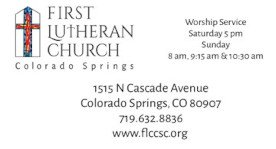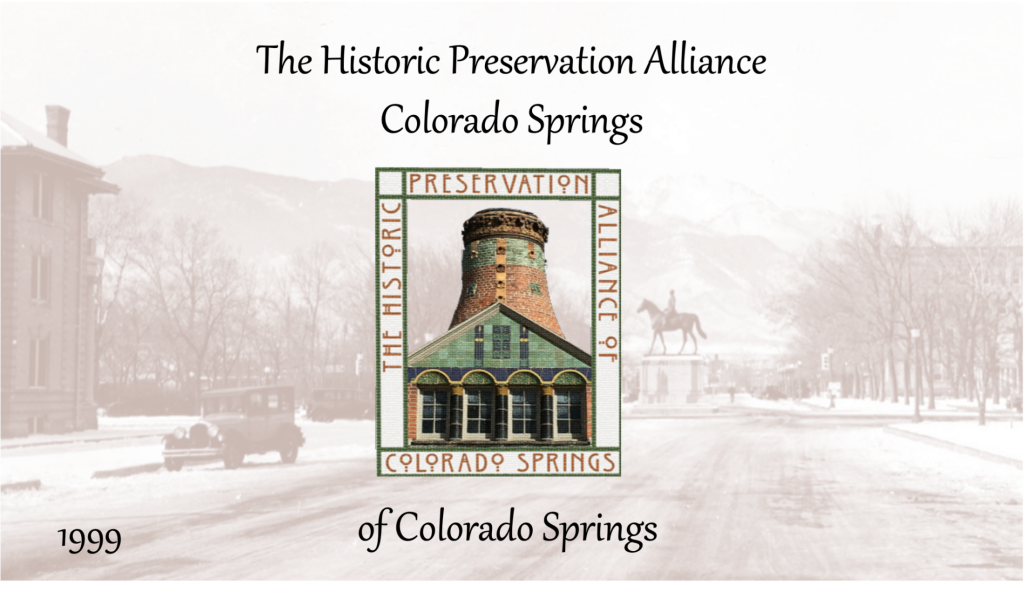ONENCOMMUNITY
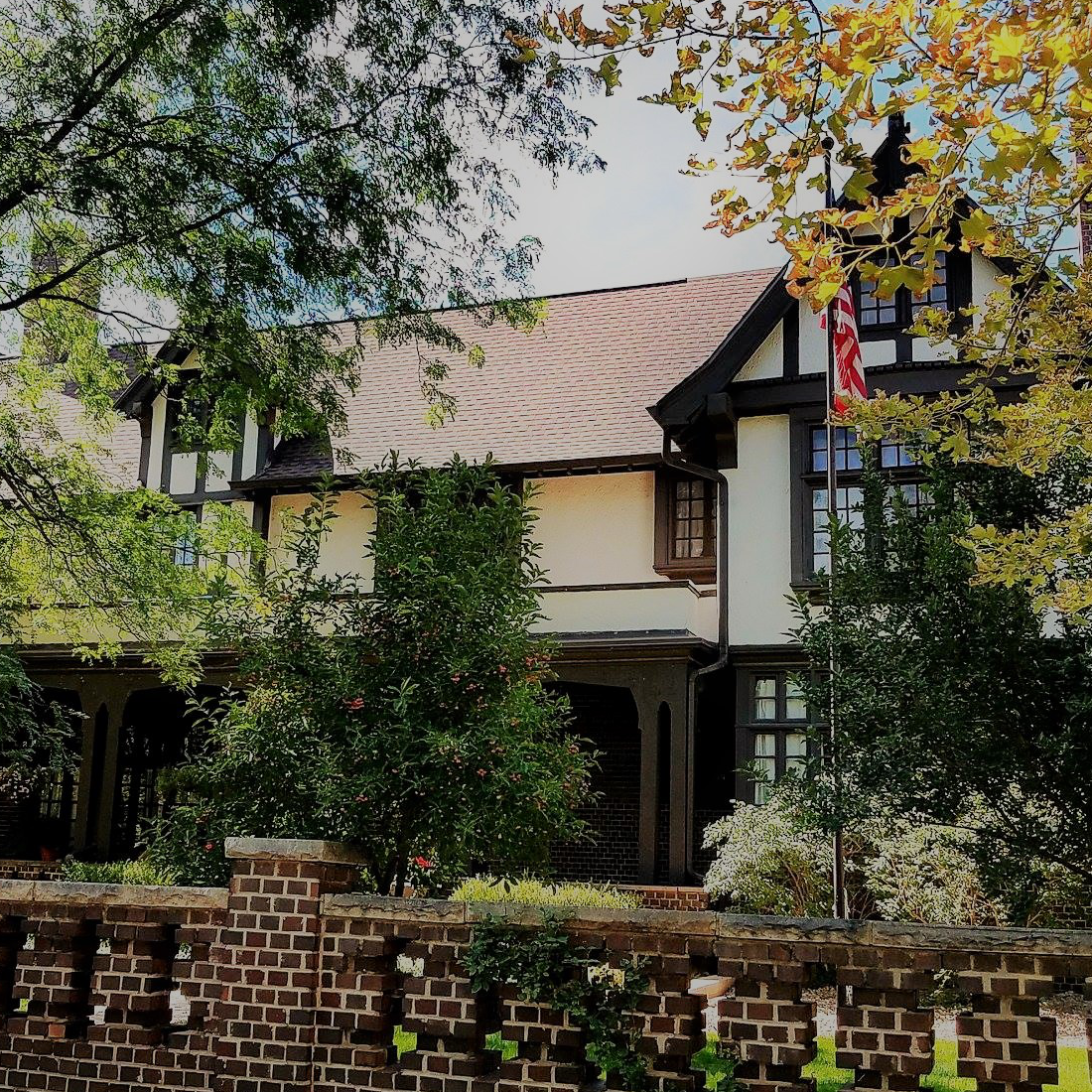
Our History
- Colorado Springs, founded in 1871, is celebrating its Sesquicentennial in 2021.
- For a brief overview of the development of the Old North End, see the information below.
- For a detailed history of the establishment of the Old North End, read Colorado College Professor Emeritus Bob Loevy’s Complete History of ONEN.Upon the founding of Colorado Springs, ten blocks north of the downtown center of the city, land was set aside as a future site for a college or university. The Congregational Church founded Colorado College on that land in 1874.
From 1872 to the early 1890s, most of the home building on the north side of the city occurred in the area between downtown and the Colorado College campus. Most early photographs and etchings of Colorado Springs show the built-up portion of the city ending abruptly at the college campus.
By the early 1890s, however, major housing construction began to occur on the flat meadows and grazing fields just to the north of Colorado College. This process was greatly facilitated by the discovery of gold in the mountains southwest of Colorado Springs. The Cripple Creek gold strike was one of the largest and most profitable mineral strikes in the history of the state of Colorado. Because Colorado Springs was the nearest major city to the Cripple Creek gold fields, Colorado Springs became the center of financial and supply activity for the Cripple Creek gold bonanza.
The result was a tripling of the population of Colorado Springs from 1890 to 1900, a population boom that occurred just at the moment that the area north of Colorado College was “ready” to be developed. Furthermore, the wealth of the gold mines had created a mining middle class in Colorado Springs, an army of gold stock brokers and mine suppliers who needed expensive middle-class homes for themselves and their families. The result was that unusually roomy and well-decorated Victorian homes were constructed in large numbers in a very short number of years in the area north of Colorado College, which came to be known as the Old North End.
This is what gives the Old North End Neighborhood a distinctive character. A large number of homes, most of them two or three-story structures were built in a brief period of time, all reflecting a common Victorian architectural style. Furthermore, Cripple Creek gold provided the money to make most of these homes more ornate and decorative than otherwise might have occurred. Thus, the Old North End is filled with elaborate wooden verandas, bay windows, complex wooden decorative work around doors and windows, an occasional circular wooden cupola, and ornate cut-glass and beveled glass windows.
Another historical movement had a major impact on the Old North End. Because of the high altitude and dry healthful climate, Colorado Springs became a center for recovering victims of tuberculosis. Glockner Hospital, a major treatment facility for those with lung ailments, was located ten blocks north of Colorado College. Glockner eventually evolved into Penrose hospital, which provided a wide range of general hospital services. The Old North End soon became a desirable residential neighborhood for doctors and other administrative personnel working at the hospital.
The gold boom at Cripple Creek, and in Colorado Springs, was over by the 1920s. Construction of wooden Victorian housing in the Old North End ended at that time. In the ensuing years, housing construction represented a variety of architectural styles. The Arts and Crafts movement was a reaction to the Victorian style and many houses were built in this style. Spanish and Mediterranean-style homes, western bungalows, and ranch houses have added to the attractive residential character of the Old North End.
The Old North End benefited from its proximity to the upper reaches of Monument Valley Park. The entire west side of the Old North End is bordered by this natural city park, where biking and hiking trails, ball fields and children’s playgrounds are attractively placed along the banks of Monument Creek.
